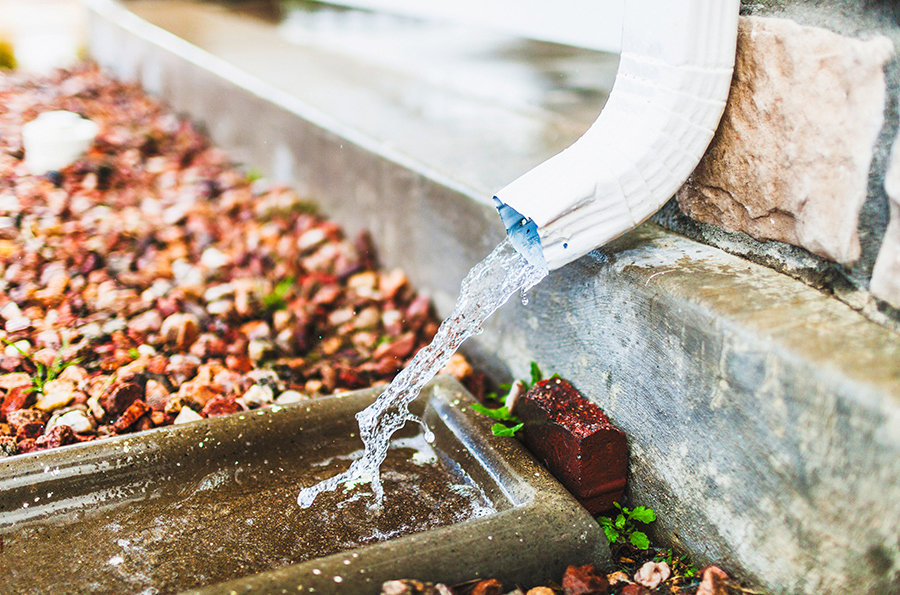Welcome to the other side of winter; the side where we can start dreaming about summer days on the patio, gardening, and surface water management. Wait - what is surface water management, you ask?
As the weather outside finally begins to warm up, and outside thaws, the ground around the foundation of your home may settle. After you have received your As Constructed Grade Certificate, it’s important that you continue to monitor your grade levels around your home, as well as keep downspouts down to ensure water is continuing to flow away from your home.
The Alberta New Home Warranty Program has put together some tips on how to manage the surface water around your home:
SETTLEMENT
Low spots must be filled after the soil has settled. To fill a low spot, remove the topsoil and fill the low spot with compacted clay, ensuring it slopes away from the foundation. Do not use topsoil to fill a low spot. Once filled with clay, topsoil can be added again.
When clay backfill installed around the perimeter of your home settles, the soil can slope towards the foundation and allow water to drain towards your home. This can cause leakage into the basement.
During construction, the excavation for your basement typically extends three to four feet past the foundation walls so the builder can install foundation form work and, if required, weeping tile and crushed rock before it is backfilled. Because the backfill is less compact than the undisturbed soil surrounding the foundation, water is easily trapped in the excavated area next to your foundation.
WINDOW WELLS
Window wells must be kept free of leaves and other debris to ensure water can flow through the drain tile to the weeping tile system.
EAVESTROUGH & DOWNSPOUTS
Eavestroughes and downspouts channel water off the roof and away from the foundation into designed drainage swales. These swales direct water off the lot.
Eavestroughs clogged with debris can cause the water to overflow and become trapped next to your foundation.
LANDSCAPING
Landscaping must maintain the Surface Water Management plan. In the process of final landscaping, DO NOT alter the rough grade of the property. Maintaining the function of the swale is a necessity.
The rough grade design typically allows for approximately four inches of topsoil and sod. Ideally, flowerbeds should not be placed immediately adjacent to the foundation. Watering may overload the drainage system. Flowerbeds must be designed carefully if placed next to the foundation wall.
Prior to filling a flowerbed with soil, a clay cap (one-foot minimum) that slopes away from the foundation must be installed to ensure a positive drainage away from the foundation.



